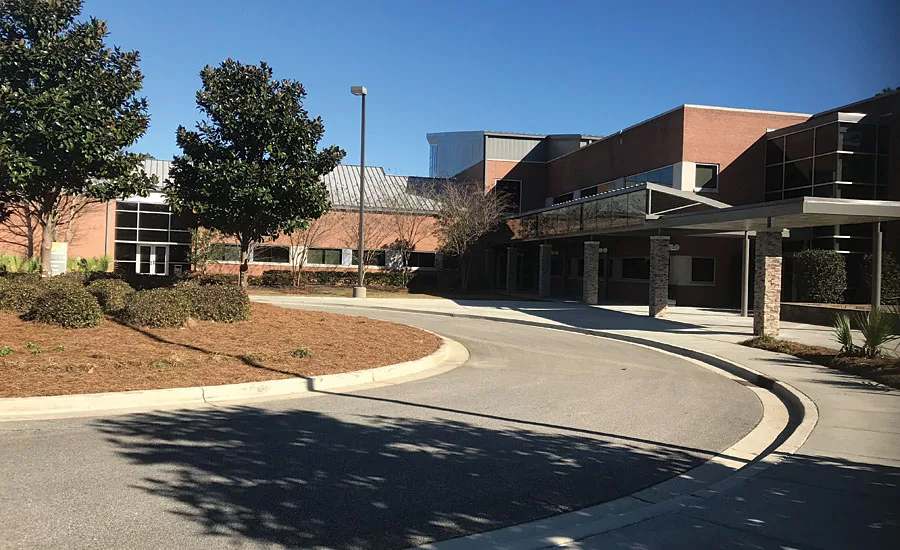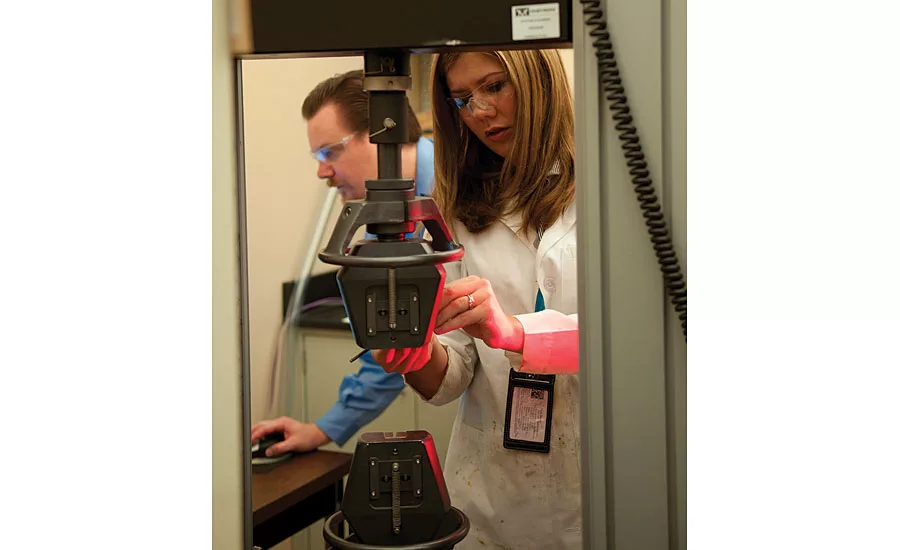Assisting Technically Oriented Business Growth




Dr. Monica Tisack, Director of the Mississippi Polymer Institute (MPI), participated in PCI’s panel discussion on Technology Transfer at the 2017 Coatings Trends & Technologies Conference. Dr. Tisack’s input to the discussion was invaluable, and piqued my interest in her organization. I recently reached out to her to learn more about the MPI.
PCI: What is the Mississippi Polymer Institute?
Tisack: The Mississippi Polymer Institute (MPI) is a non-profit industrial outreach arm of the University of Southern Mississippi (USM) with the mission to assist technically oriented business growth. We assist people that range from individual inventors to multinational corporations. Customer needs that MPI can address include manufacturing troubleshooting, third-party QC testing, product development, scale-up and workforce development. Our capabilities include synthesis, processing, ISO-accredited analytical testing, scale-up, laser scanning, CAD design, accelerated degradation and tailored training. In terms of processing, we have mix tanks, glass and stainless steel reactors, injection molding, twin-screw extrusion, nip roll, and 3D printing/additive manufacturing (both FDM and UV-cure).
PCI: How has your organization evolved since its beginning?
Tisack: Our organization was created out of the Polymer Science Department of USM 27 years ago when Dr. Shelby Thames recognized increased business needs from various coatings companies. At that time, MPI was housed within the USM Polymer academic organization and initially focused on coatings. One of the earliest innovative moves came shortly thereafter by adding a SLS 3D printing machine. Building that competency over 20 years ago allowed us to be one of the first in the region to be able to create prototypes for innovators. Fast forward to 10 years ago, Dr. Thames, Dr. Robert Lochhead and Dr. Roger Hester spearheaded the effort to build a facility off campus that would incubate and commercialize ideas based on materials. That brings us to today, where the facility houses approximately 35 full-time tech-oriented professionals and over 17 entities, including 10 start-ups and four well-established companies. In terms of MPI specifically, we now have 13 employees and over 800 clients. The coatings-related companies we work with participate in many different markets: personal care, paint, medical devices, etc. Beyond polymer-based coatings, we have a rich history in thermoplastic and thermoset polymers, we continue our work in 3D printing/additive manufacturing, and have most recently added training for ceramic coatings.
PCI: Can you give some specific examples of work you have done?
Tisack: Sure, Reactive Surfaces®, an on-site bioengineering start-up, needed assistance to commercialize its DeGreez™ enzyme-based coating product for its eRACE screen protectors. We were able to help them set up manufacturing lines and stations, as well as establish safety and QA/QC procedures. With MPI’s assistance, RSL made thousands of eRACE screen protectors and were well positioned to transition to pilot-scale manufacturing as well as hand over a technology package to large-scale toll manufacturers.
Another great example is the UL 1856 product development work with Bridgeport Chemical, a 68-year-old company that is a specialized formulator and manufacturer of thick-film, high-performance epoxy coatings and linings for industrial use. MPI was able to develop application-relevant screening tests, develop new product candidates, and use the tests to validate a new product with superior performance that met the new UL requirements for underground fuel tank liners. This work allowed Bridgeport Chemical to be the first to market with a solution that met the new regulation.
Recently we’ve worked with John’s 360º Coatings, a small owner-operated business that focuses on bodywork and performance coatings for automobile, airplane and marine craft enthusiasts. This is an example of a person that takes pride in his craft and works to create superior products. John looked to us to assist in developing his private-brand coatings, and our coatings expert was able to find suitable ingredients for his formulations that provided John the performance he sought. John now has two new nano-silica coatings commercially available for enthusiasts all over the world.
PCI: How do you see MPI changing in the future?
Tisack: We have a few areas that are strategic: We see an upward trend in requests for scale-up, and while we have some capability in this area, we are actively looking for partnerships and funding opportunities to expand with additional (larger) infrastructure. In terms of subject matter, work with graphene, marine coatings and ocean plastics is becoming more prevalent. The latter will become a nexus and connects to the larger marine science activities along the Mississippi Gulf Coast. These are key areas that will have considerable impact on both innovation and economic development.
PCI: Can people tap into innovations or experts associated with the Polymer Science and Engineering Program at the University of Southern Mississippi?
Tisack: Absolutely, that’s one of the perks of working with MPI. We can pull in the right academic consultants on a project as needed, or work under a Research Agreement when a larger research role by the School is needed. We can also connect clients with the university’s Technology Development Director to connect with existing innovations throughout all university groups.
PCI: How does one begin to work with MPI?
Tisack: We are very flexible in our working arrangements. Contact can be made generally through our website, www.thepolymerinstitute.com, or any MPI employee can be directly contacted for a first non-confidential discussion. If a non-disclosure agreement is needed, we can put that in place. Once we have the right people at the table to discuss and decide the scope and nature of a project, we will develop a quote with deliverables. This would fall under a work-for-hire type agreement, which we call a Service Agreement or a Research Agreement. The Service Agreement is straight forward with standard terms and conditions that are supplied with the quote that breaks down labor, testing, material costs and timing. Upon acceptance, the client issues a purchase order to initiate the work. A Research Agreement is more detailed, as it includes intellectual property clauses and licensing agreement, but once that is finalized, the PO is issued and work initiates and proceeds as usual.
Looking for a reprint of this article?
From high-res PDFs to custom plaques, order your copy today!





